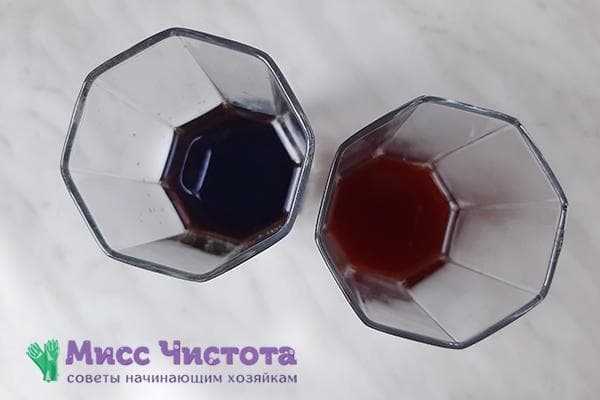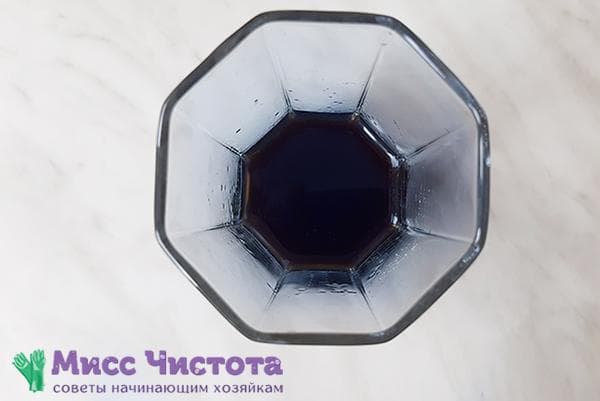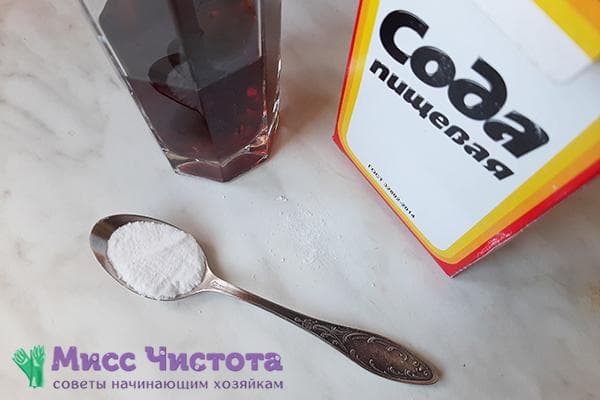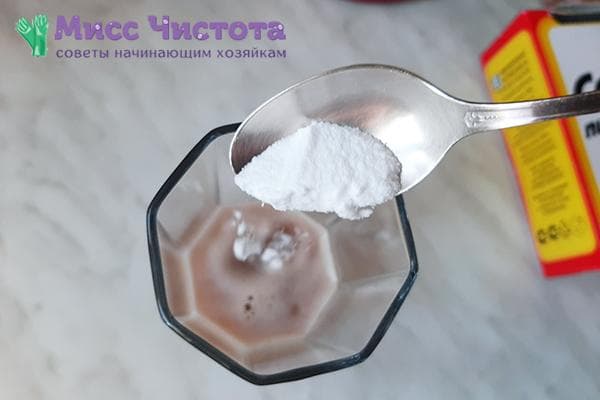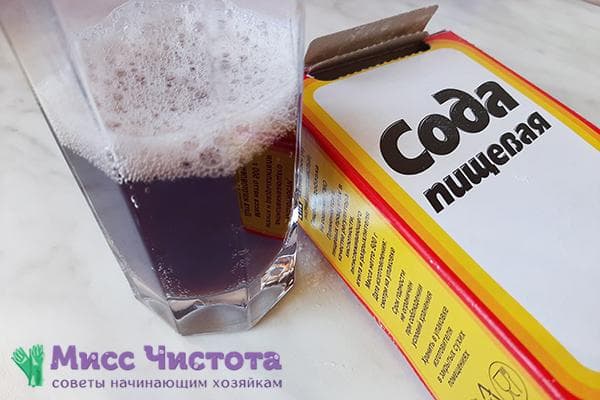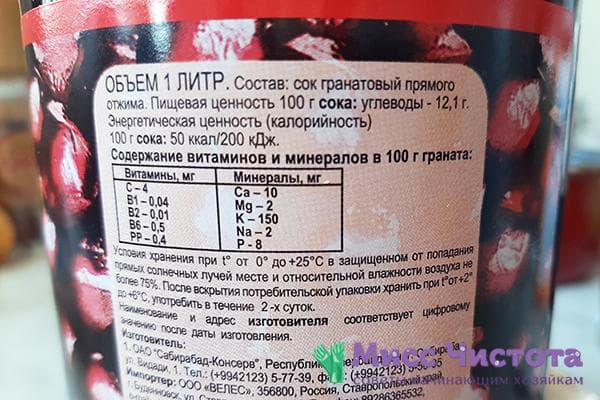Pomegranate juice - natural or fake? We check the quality at home!
Among other juices, pomegranate juice is most often counterfeited. Therefore, it is important for those who buy this product to know how to check the naturalness of pomegranate juice at home. We will teach you to determine what is splashing in the bottle - a counterfeit made from water, sugar and paint, or the “blood” of real pomegranate fruits.

How is the naturalness of juice determined in the laboratory?
The juice of any fruit and berries, including pomegranates, is an intracellular fluid. It consists mostly of water in which other components are dissolved or suspended:
- acids,
- vitamins,
- pigments,
- Sahara.
The amount of these components can vary and depends on the variety of pomegranates, their growing conditions, and even the pressing technology. But despite this variability, It is impossible for a person to completely replicate the chemical composition of pomegranate juice - when creating a fake, dishonest manufacturers imitate only the color and taste of the product. Laboratory staff take advantage of this - they analyze the composition and compare the result with the list of substances that should be present in natural juice.
Also, the laboratory can easily determine the difference between freshly squeezed pomegranate juice and reconstituted pomegranate juice from concentrate. The fact is that the water that makes up the intracellular fluid and ordinary drinking water have different isotopic compositions.Everyone remembers from school that a water molecule consists of two hydrogen atoms and one oxygen atom, and its formula is written as H2O. So, oxygen - O - is present in water in the form of two stable isotopes - 18O and 16O, and in the composition of intracellular water “heavy” oxygen 18O, much more than in drinking water. This feature is used in the laboratory.
If the manufacturer claims that the juice is freshly squeezed, but it contains an increased amount 16Oh, this indicates a fake - such a product is clearly made from a concentrate diluted with drinking water.
How to test pomegranate juice at home?
None of the above mentioned checks can be repeated at home. But you can test pomegranate juice with soda:
- Pour half a glass of juice.
- Add a teaspoon of baking soda there.
- Stir and wait a few seconds.
A natural product will change color from red to dirty blue, while an artificial one will retain its original color.
True, this experiment cannot boast of 100% accuracy, because it is based on the reaction of anthocyanins (plant pigments) in an alkaline environment. Anthocyanins are found in many red, purple and blue fruits, such as blue cabbage, elderberries and blueberries. However, they have long been able to isolate them and use them to create dyes, including food dyes. If the manufacturer “painted” the fake not with a synthetic dye, but with a natural one based on anthocyanins, the drink mixed with soda will change color in the same way.
Don't be fooled - buy pomegranate juice only in large stores and from trusted manufacturers.
